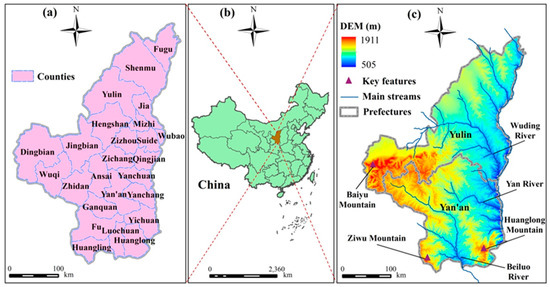1
State Key Laboratory of Earth Surface Processes and Resource Ecology, Faculty of Geographical Science, Beijing Normal University, Beijing 100875, China
2
College of Resources Science and Technology, Faculty of Geographical Science, Beijing Normal University, Beijing 100875, China
3
Department of Environmental Engineering, Chinese Academy for Environmental Planning, Beijing 100012, China
4
Fujian Academy of Agricultural Sciences, Fuzhou 350003, China
5
Institute of Geographic Sciences and Natural Resources Research, Chinese Academy of Sciences, Beijing 100101, China
6
Department of Science and Technology, Parthenope University of Naples, Centro Direzionale-Isola C4, 80143 Napoli, Italy
7
Joint Center for Global change and China Green Development, Beijing Normal University, Beijing 100875, China
*
Author to whom correspondence should be addressed.
Received: 7 December 2016 / Accepted: 19 January 2017 / Published: 1 February 2017
(This article belongs to the Section Sustainable Use of the Environment and Resources)
Abstract
Accurately identifying the spatiotemporal variations and driving factors of ecosystem services (ES) in ecological restoration is important for ecosystem management and the sustainability of nature conservation strategies. As the Green for Grain project proceeds, food provision, water regulation and climate regulation services in the Northern Shaanxi Loess Plateau (NSLP) are changing and have caused broad attention. In this study, the dynamic pattern of the normalized differential vegetation index (NDVI) and the main drivers of grain production (GP), water yield (WY) and net primary production (NPP) in the NSLP from 2000–2013 are identified by incorporating multiple data and methods, in order to provide a better understanding of how and why ES change during ecological restoration. WY was simulated by hydrological modeling, and NPP was estimated with the Carnegie Ames Stanford Approach (CASA) model. The results show that vegetation restoration continued from 2000–2013, but fluctuated because of the comprehensive influence of climate and human activity. GP and NPP both exhibited significantly increasing trends, while changes in WY occurred in two stages: decline (2000–2006) and growth (2007–2013). Spatially, significantly increasing trends in NPP and WY were detected in 52.73% and 24.76% of the region, respectively, in areas that correspond with the Green for Grain project and high precipitation growth. Correlation and partial correlation analyses show that there were different dominant factors (i.e., natural vs. anthropogenic) driving ES change in the NSLP from 2000–2013. The change in WY was mainly driven by precipitation, while the improvements in GP and NPP can be attributed to investments in natural capital (i.e., chemical fertilizer, agricultural machinery power and afforestation). We also found that vegetation restoration can produce positive effects on NPP, but negative effects on WY by using response analyses of WY or NPP change to NDVI change, demonstrating that additional research on the role of water in vegetation restoration is needed. Our results provide support for ES management and the sustainable development of ecological restoration in the NSLP. View Full-Text
Keywords: vegetation restoration; grain production; water yield; net primary production; Loess Plateau
▼ Figures
This is an open access article distributed under the Creative Commons Attribution License which permits unrestricted use, distribution, and reproduction in any medium, provided the original work is properly cited. (CC BY 4.0).
For further details log on website :
http://www.mdpi.com/2071-1050/9/2/199






No comments:
Post a Comment